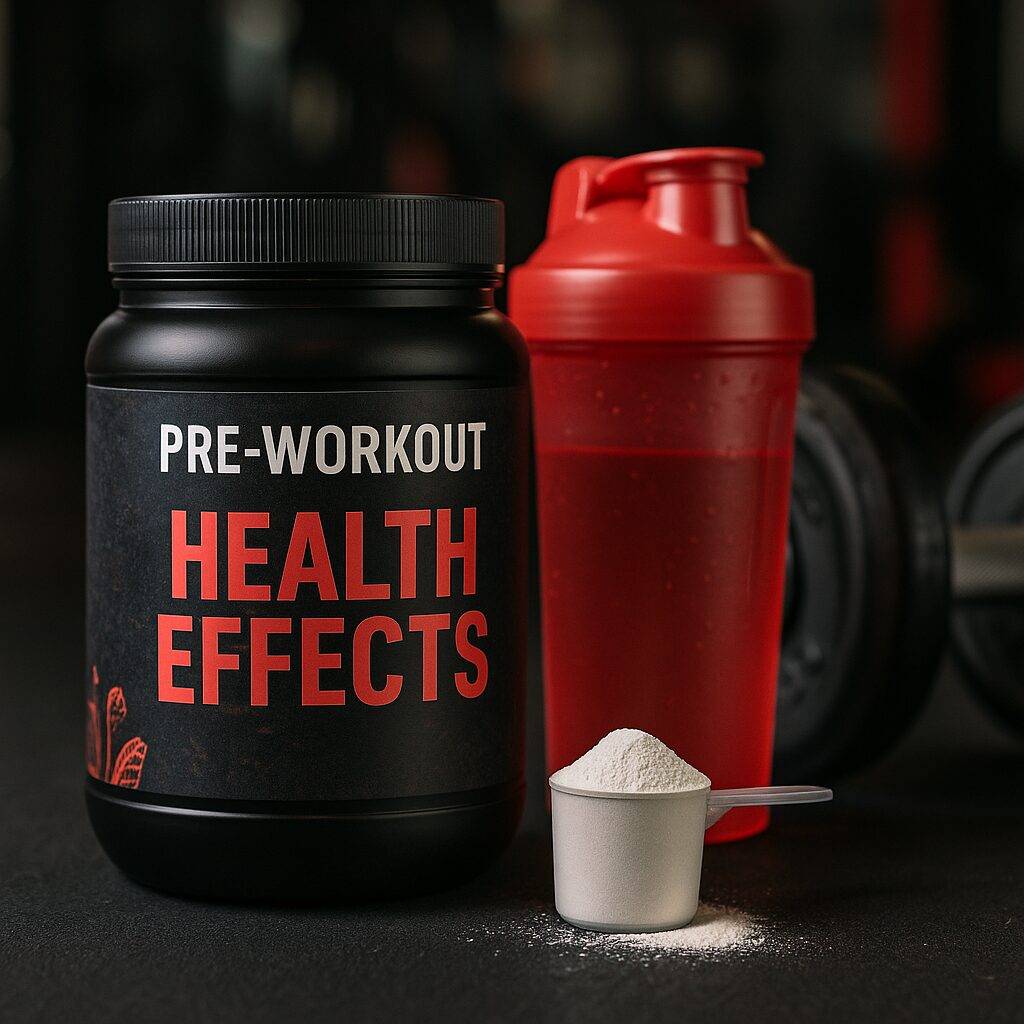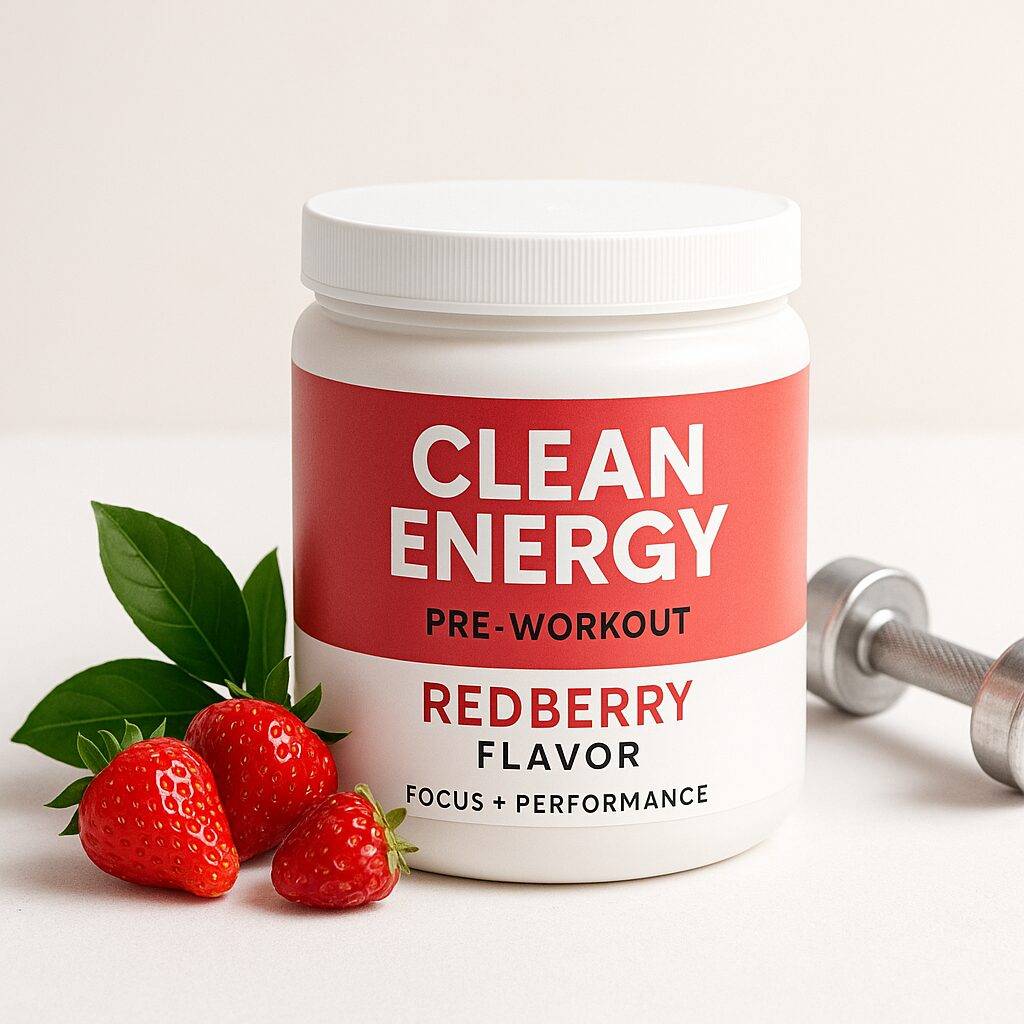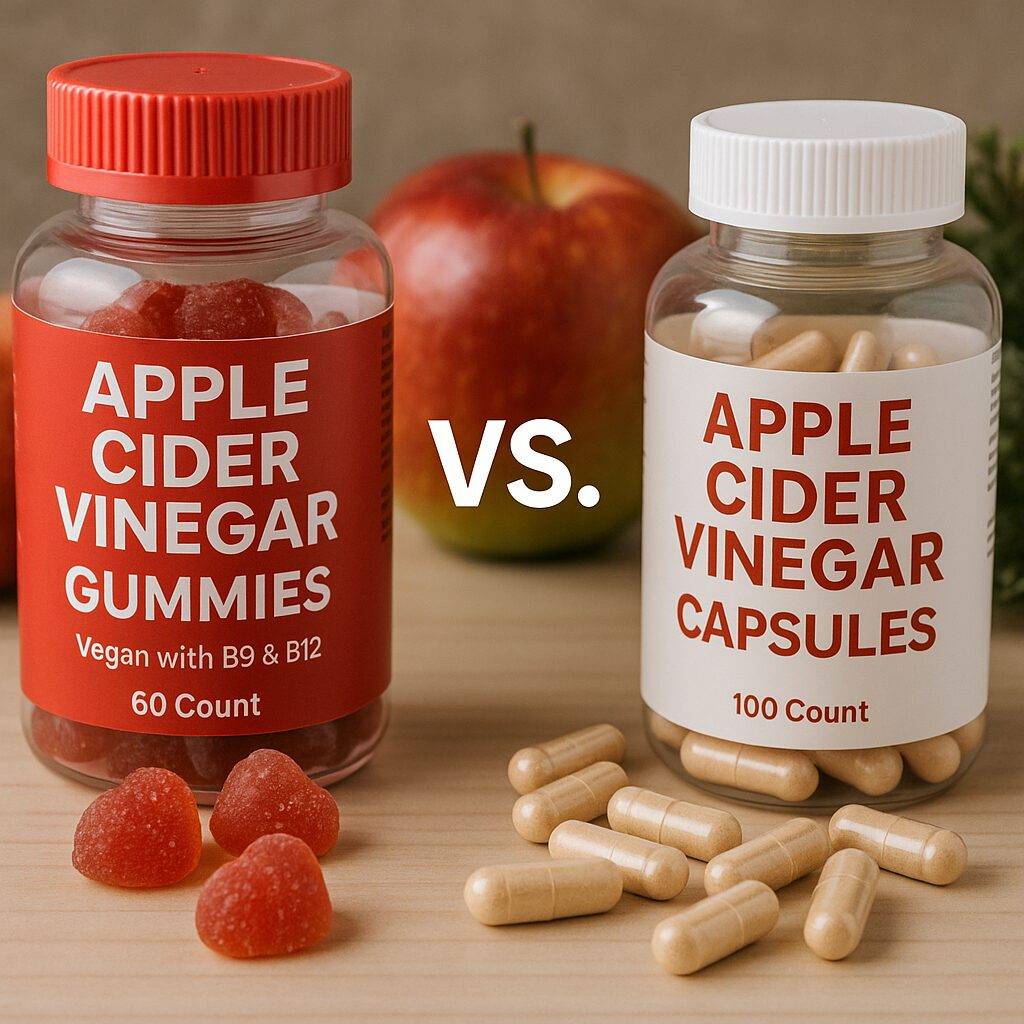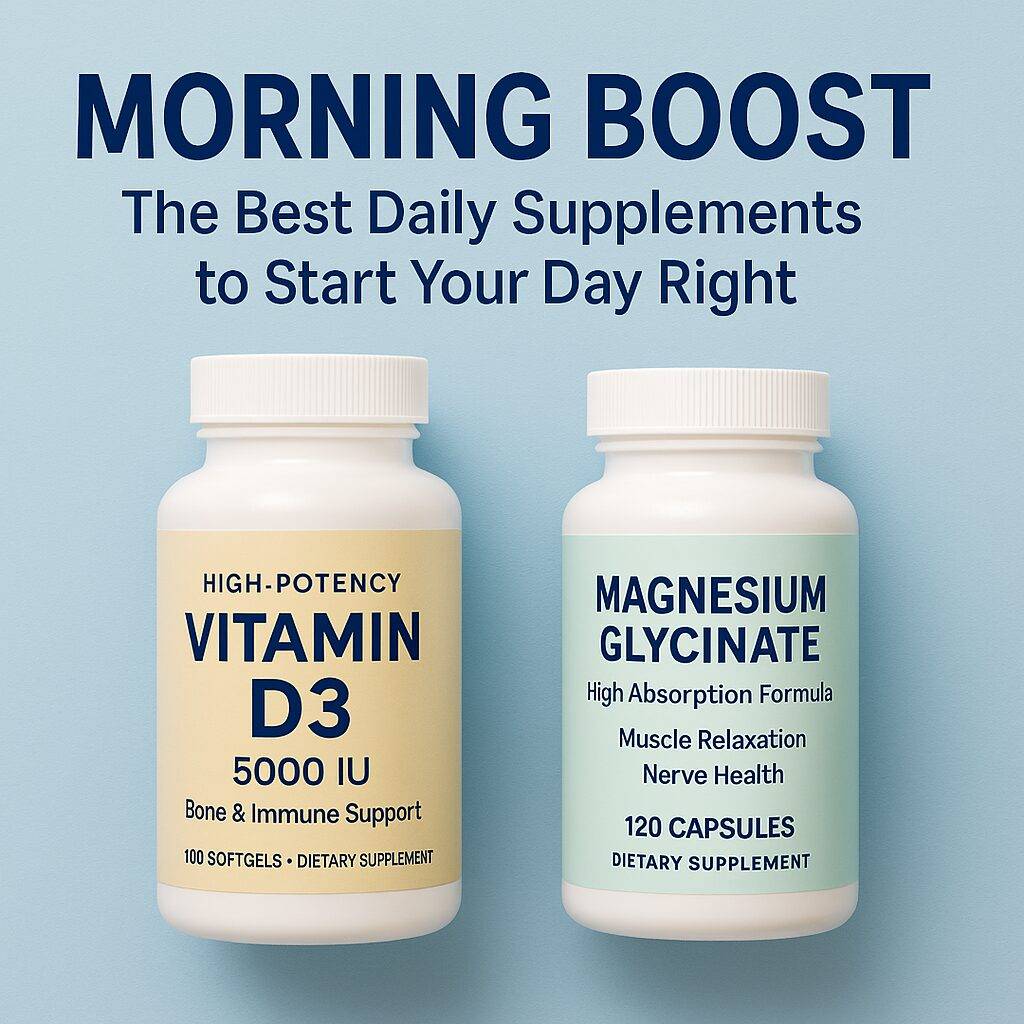Unlock your peak performance in 2025 with the ultimate guide to muscle recovery essentials. This guide helps you rebuild faster, reduce injury risk, and apply science-based strategies for long-term strength. Furthermore, it integrates modern tools, sleep science, and recovery nutrition to help you bounce back stronger after every workout.

Table of Contents
Toggle1. Introduction to Muscle Recovery Essentials in 2025
In 2025, muscle recovery essentials have become a core part of fitness planning. As training methods evolve and intensity increases, understanding recovery strategies is vital. Fortunately, recovery isn’t complicated—it simply needs the right structure. These essentials include rest, quality sleep, hydration, smart nutrition, accessible tools, and practical routines. By having a structured recovery plan, athletes and fitness enthusiasts can build strength sustainably and minimize downtime. Read more about recovery strategies.
2. Understanding the Muscle Recovery Process
During intense training, microscopic tears form in your muscle fibers—a necessary trigger for growth. However, without proper recovery, these microtears can lead to lingering fatigue and potential injury. Recovery is the biological process where your body repairs these tears, rebuilds stronger fibers, and prepares for future challenges.
This process involves three key phases:
- Inflammation Phase (0–48 hours): Your immune system responds, clearing waste and initiating repair.
- Repair Phase (2–4 days): Damaged fibers are fused and regenerated through satellite cells.
- Remodeling Phase (5+ days): New tissue strengthens, adapting to future load demands.
Therefore, understanding this cycle helps tailor recovery methods more effectively. Additionally, it helps prevent overtraining and stagnation. As a result, aligning your habits with these phases can shorten recovery time and boost performance. Scientific source.
3. Pillars of Muscle Recovery: Sleep, Nutrition, Hydration, and Mobility
3.1 Prioritize Quality Sleep
Deep sleep is when muscle repair accelerates. Most adults need 7–9 hours of quality rest, particularly those in training. To enhance sleep, tools like the Cooling Weighted Blanket and Sleep Aid Patch help minimize tossing and turning. Moreover, restorative sleep promotes hormonal balance and neural repair. Learn why sleep matters.
3.2 Focus on Recovery Nutrition
Your post-workout meal significantly impacts your recovery. Aim for 20–40g of protein within 60 minutes of exercise. Combine it with carbohydrates to replenish glycogen, and include micronutrients like Vitamin D3 and magnesium. In doing so, you support both performance and immune health. See why vitamin D is essential.
3.3 Maintain Proper Hydration
Hydration aids nutrient delivery and waste removal. After sweating, you lose key minerals like sodium and potassium. Therefore, using electrolyte solutions such as LMNT Drink Mix restores balance and helps maintain fluid blood circulation. Explore hydration science.
3.4 Enhance Mobility and Circulation
Mobility practices like yoga and stretching increase range of motion and blood flow. Tools like the Recovery Foam Roller can also release muscle tension and aid nutrient delivery to healing tissues. Over time, these habits improve physical performance and help prevent injury.
4. Best Muscle Recovery Tools for Home Use
Recovery at home has become more effective due to accessible tools. These allow you to manage recovery without expensive therapy sessions. For example, consider using these practical options:
- Mini Massage Gun: Targets deep knots using percussive therapy.
- Recovery Foam Roller: Reduces stiffness and boosts mobility.
- Cooling Weighted Blanket: Enhances sleep through pressure stimulation.
- Sleep Aid Patch: Supports melatonin release for quality rest.
5. Massage Techniques and Self-Treatment for Muscle Recovery
Massage enhances circulation, eases muscle tension, and promotes lymph flow, which speeds up recovery. Unlike expensive sessions, self-massage is practical and budget-friendly. It enables you to address specific areas and adjust intensity as needed.
- Trigger Point Release: Apply pressure until tension subsides.
- Cross-Fiber Friction: Move across muscle grain to release adhesions.
- Massage Tools: Use balls or massage guns for deep areas.
Learn more about massage techniques.
6. The Role of Sleep in Muscle Regeneration and Recovery
Muscle regeneration accelerates during deep sleep due to growth hormone spikes. Sadly, this is often overlooked. Therefore, improving sleep quality should be central to your recovery efforts.
Use sleep aids like the Cooling Weighted Blanket and Sleep Aid Patch to enhance rest. In addition, optimize your sleep setting—dim lighting, a cool room, and avoiding screens before bed all help. How sleep affects muscle growth.
7. Comparing Active vs Passive Muscle Recovery Methods
Recovery comes in two forms: active and passive. Balancing both approaches maximizes results. Alternating between light cardio and total rest keeps the body responsive and resilient.
Active recovery includes walking, swimming, or cycling to keep blood flowing. These activities aid recovery without additional stress. In contrast, passive recovery focuses on stillness—meditation, sauna, or naps. These allow full nervous system reset. Compare recovery types.
8. Top Mind & Recovery Supplements in 2025 (With Comparison)
| Supplement | Main Benefit | When to Use | Example Product |
|---|---|---|---|
| Magnesium | Relaxes muscles, promotes deeper sleep | Evening | Magnesium Sleep Support Tabs – Deep Recovery Blend |
| Vitamin D3 | Supports immunity & muscle regeneration | Morning | High-Potency Vitamin D3 5000 IU Softgels – Daily Immune Support |
| Electrolytes | Rehydrates and restores mineral balance | Post-exercise | Electrolyte Drink Mix – No Sugar Hydration Packets |
| Sleep Patch | Supports natural melatonin for sleep cycles | Before bed | Sleep Aid Patch for Relaxation and Deep Rest |
| Weighted Blanket | Calms the nervous system for deep, restorative sleep | Nighttime | Cooling Weighted Blanket – Deep Sleep Support |
9. Sample 3-Day Muscle Recovery Routine
Day 1: After your workout, consume a protein shake. Then spend 10 minutes foam rolling and use a weighted blanket for sleep.
Day 2: Include a light walk, take magnesium in the evening, hydrate well, and try a gentle massage session.
Day 3: Focus on mindfulness with meditation, take adaptogens, and apply a sleep patch before heading to bed early. Additionally, journal your progress to stay accountable.
10. Common Mistakes to Avoid During Muscle Recovery
- Skipping rest days or mobility work.
- Neglecting hydration and electrolyte intake.
- Poor sleep habits or inconsistent bedtimes.
- Ignoring micronutrients like magnesium and vitamin D.
- Overusing stimulants—opt for calming herbal teas instead.
11. FAQs – Muscle Recovery Essentials
11.1 Is soreness necessary for growth?
Not always. While soreness may indicate overload, progress occurs even without it. What matters more is consistency and smart training.
11.2 Can I skip recovery on rest days?
It’s not recommended. Active or passive recovery remains important on non-training days to prevent fatigue buildup and support overall adaptation.
11.3 How many hours of sleep is optimal?
Most adults need 7–9 hours, though athletes may require more. Prioritize both quantity and quality for best results.
11.4 Are supplements mandatory?
No. Whole foods come first, but supplements can help fill nutritional gaps when diet alone is insufficient.
© 2025 HealthFitHub. Explore more in Mind & Recovery.
🔗 Want More Home Gym Gear Insights?
- Adjustable vs Fixed Weights – Which Is Better for Beginners?
- Strength Training Myths That Keep Beginners From Starting
- How to Build a Strength Training Routine at Home (No Gym Required)
Disclosure: As an Amazon Associate, HealthFitHub earns from qualifying purchases.








